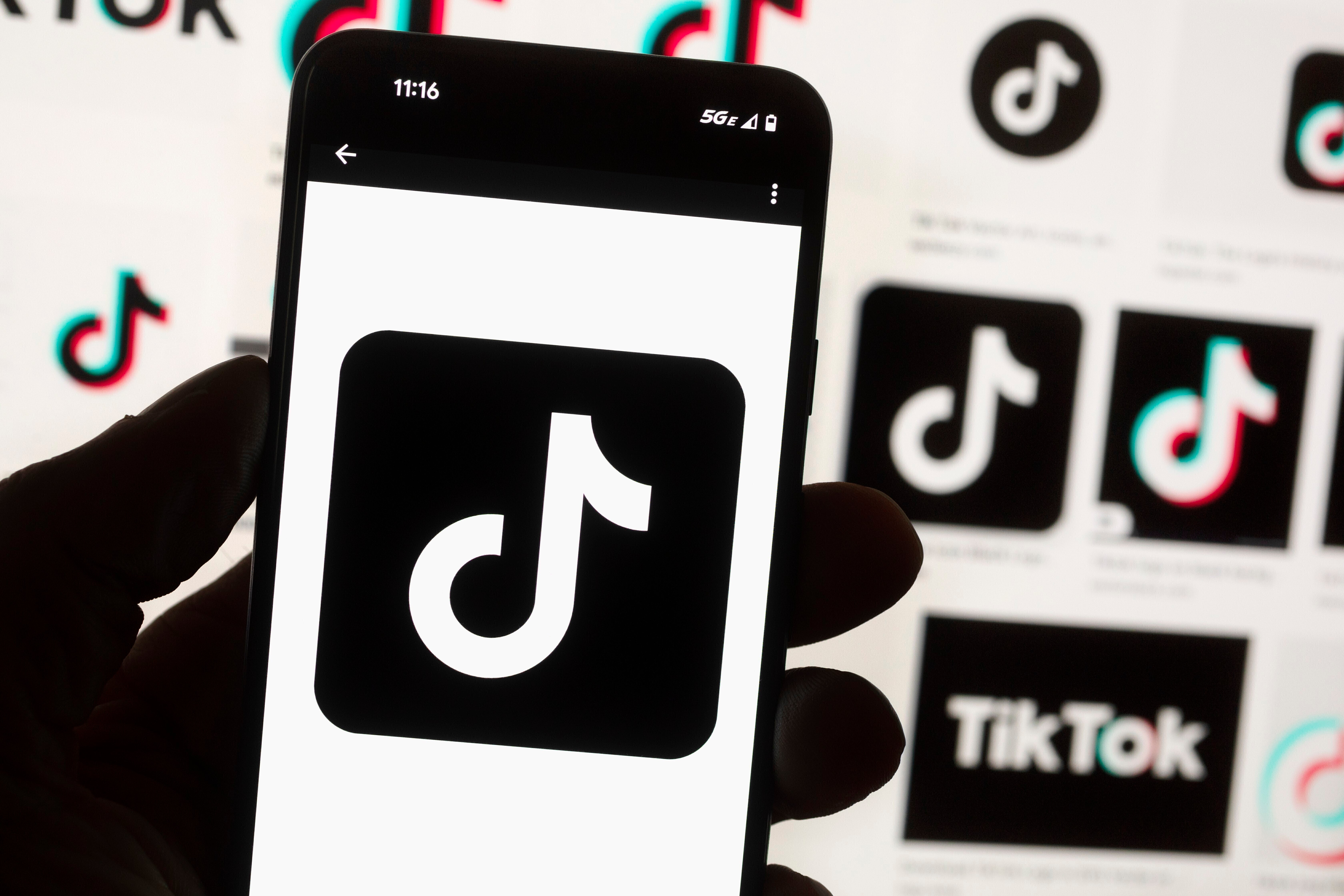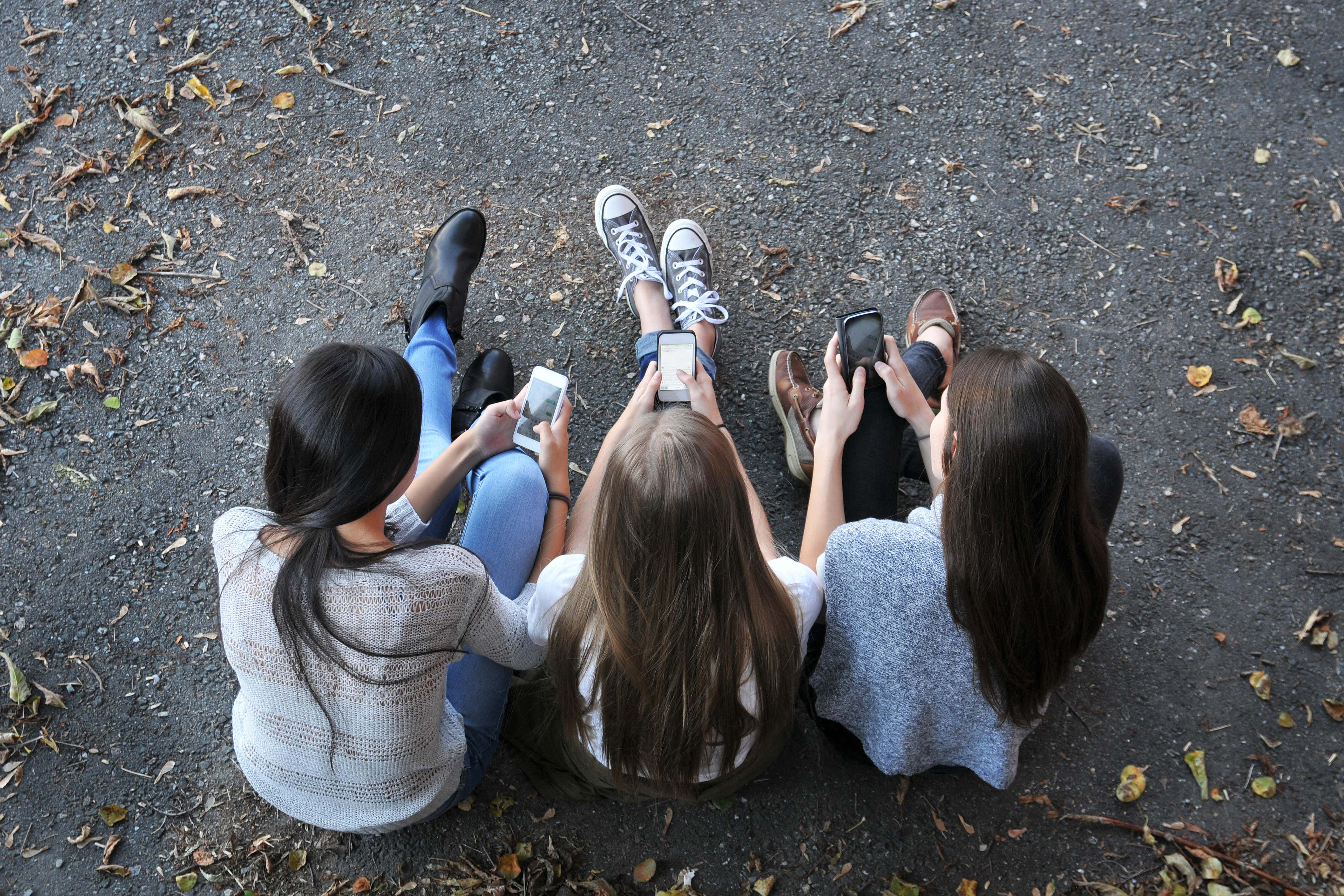‘You can’t get away from it’: Third of teens seeing real-life violence on TikTok
As well as showing children violence, 42 per cent of teenagers think that social media is one of the factors driving it

TikTok may be best known for its dance crazes, pranks and comedy skits, but a darker side to the popular social media app has emerged.
Alarming new research has shown that teenage children are more likely to see content of real-life violence on TikTok than on any other social media platform.
The Youth Endowment Fund (YEF), a charity that prevents children from becoming involved in violence, surveyed 7,500 teenage children in England and Wales about their experiences of violence, in person and online.
It found that 33 per cent of all 13 to 17-year-olds said they had seen footage of real-life violence on TikTok in the past 12 months. In comparison, 25 per cent had seen real-life violent content on Snapchat, 20 per cent on YouTube and 19 per cent on Instagram.
Tranai Todd, 19, has experienced seeing violence online himself and is now CEO of Support Through Sport, a programme that mentors vulnerable young people in Nottinghamshire through sport.
“When I was in secondary school, I started to drift down the path of antisocial behaviour and getting involved in the wrong things,” Tranai told The Independent. “One of the things that certainly drove that was social media.”
As well as exposing children to violence, many think that social media is also one of the factors driving it. When asked why young people commit acts of violence in their area, 42 per cent of teenage children said they thought social media was a major factor, as did 52 per cent of adults.
It’s almost like a bit of a competition on social media to see who’s doing the worst stuff.
“It’s almost like a bit of a competition on social media to see who’s doing the worst stuff. When I was in school and getting involved with that sort of thing it was a big tool in the group I was in at the time,” Tranai said.
He added: “Seeing a video on social media, for some, might not have a massive impact on them. But for others it can make them feel unsafe or if they’ve had adverse childhood experiences it might be a trigger for previous trauma.
“But it might also be that first step on a pathway of getting involved in crime and violence.”
The most common type of violence seen online was footage of fights between young people - nearly half of all teenage children had encountered this type of content. Posts and messages showing threats to beat someone up were reported by 36 percent and 29 per cent had seen content showing people carrying, promoting or using weapons.
Jibril Rose, 19, a YEF Youth Advisory Board member, said one of the biggest challenges facing young people is that they “can’t get away” from seeing violence on TikTok.

“The crazy thing about TikTok is that you can’t hide from it,” he said. “You can’t choose what you see because it comes up on your ‘For you’ page most of the time. You could be home, had a bad day and go on your phone, and the first thing you see is someone getting chased with a knife.
“How difficult is it to escape violence even in your own safe place like at home, in your bedroom? You can’t get away from it.”
The charity’s analysis shows that children who are more vulnerable to experiencing violence when they are offline, are also more prone to experiencing violence when they’re online too.
Compared to 60 per cent of all teenage children, 94 per cent of teenage children who said they had carried a weapon and 87 per cent of those who said they had been in a gang, had seen violent content on social media.
Youth worker Callum Bruce-Phillips told The Independent that there was a growing concern about children seeing violent videos online. He has spoken to young people who have shown him videos of youth violence they have seen on TikTok - including a fight involving 40 teenagers.

He said advancements in algorithms over the past decade have influenced how often vulnerable teens are seeing violence online.
“These algorithms are deciding what you see based on maybe one video you’ve viewed and then suddenly you’re getting a torrent of similar videos,” the 25-year-old from Swansea said. “When it comes to TikTok and the algorithms on there, these young people are kind of almost being forced to witness this.”
He added: “You do worry about their mental health when it comes to what they’re seeing online.”
Tranai said more needs to be done by social media giants such as TikTok to moderate violent content being shown online.
“There needs to be steps in policy and procedure from a top-level to really embed moderations and to check and challenge what’s going on to these social media platforms,” he said.
“Then also we need to raise awareness around what kind of impact this content is having on young people, because I don’t think there’s a deep understanding or consideration around what actual impact that sort of content is having on children.”
He added that workshops, further funding for youth work, or sessions in school about keeping young people safe online could be beneficial.
A TikTok spokesperson said “TikTok removes or age-restricts content that’s violent or graphic, most often before it receives a single view, and provides parents with tools to further customise content and safety settings for their teens’ account.”
Join our commenting forum
Join thought-provoking conversations, follow other Independent readers and see their replies
Comments
Bookmark popover
Removed from bookmarks